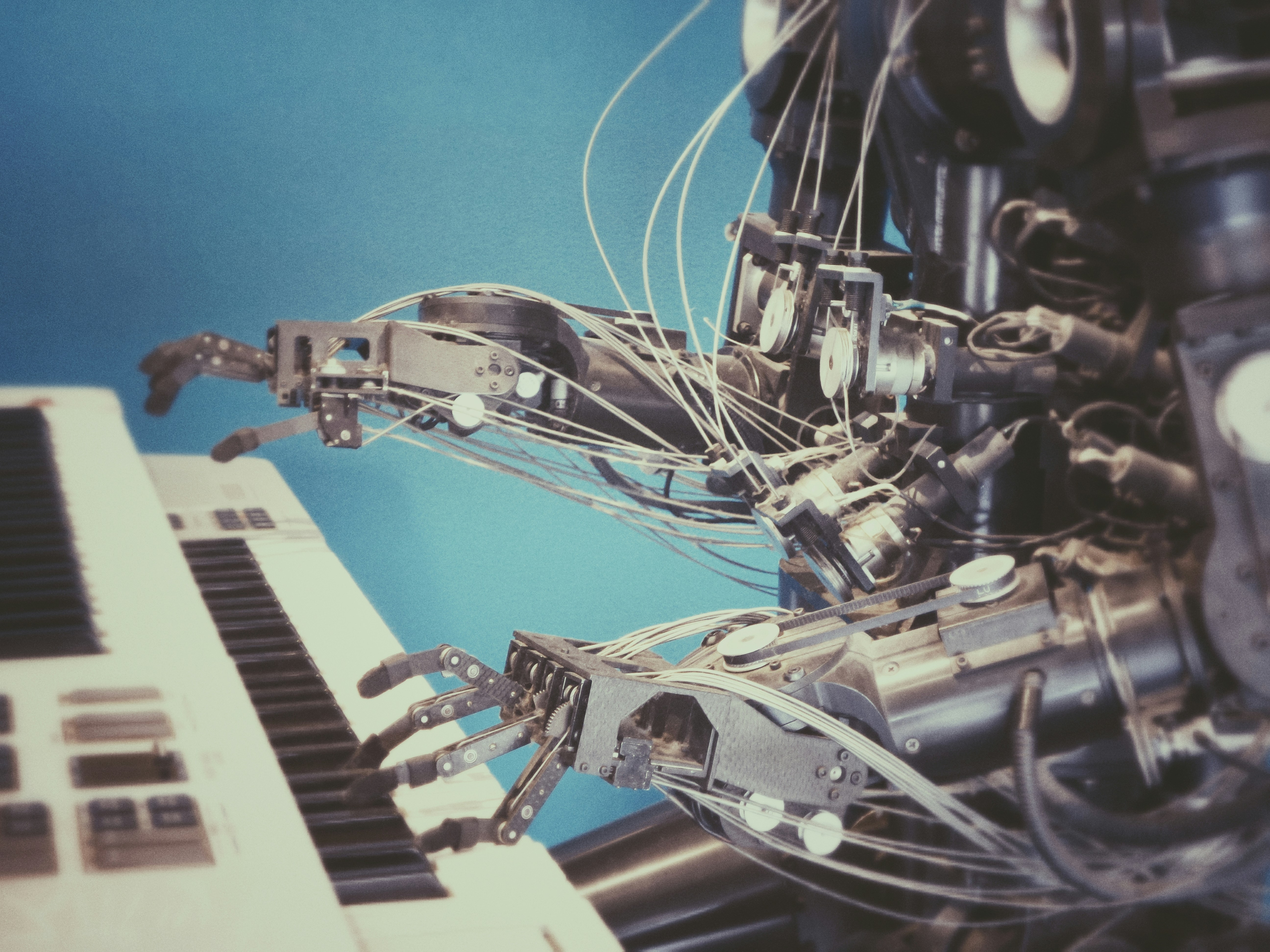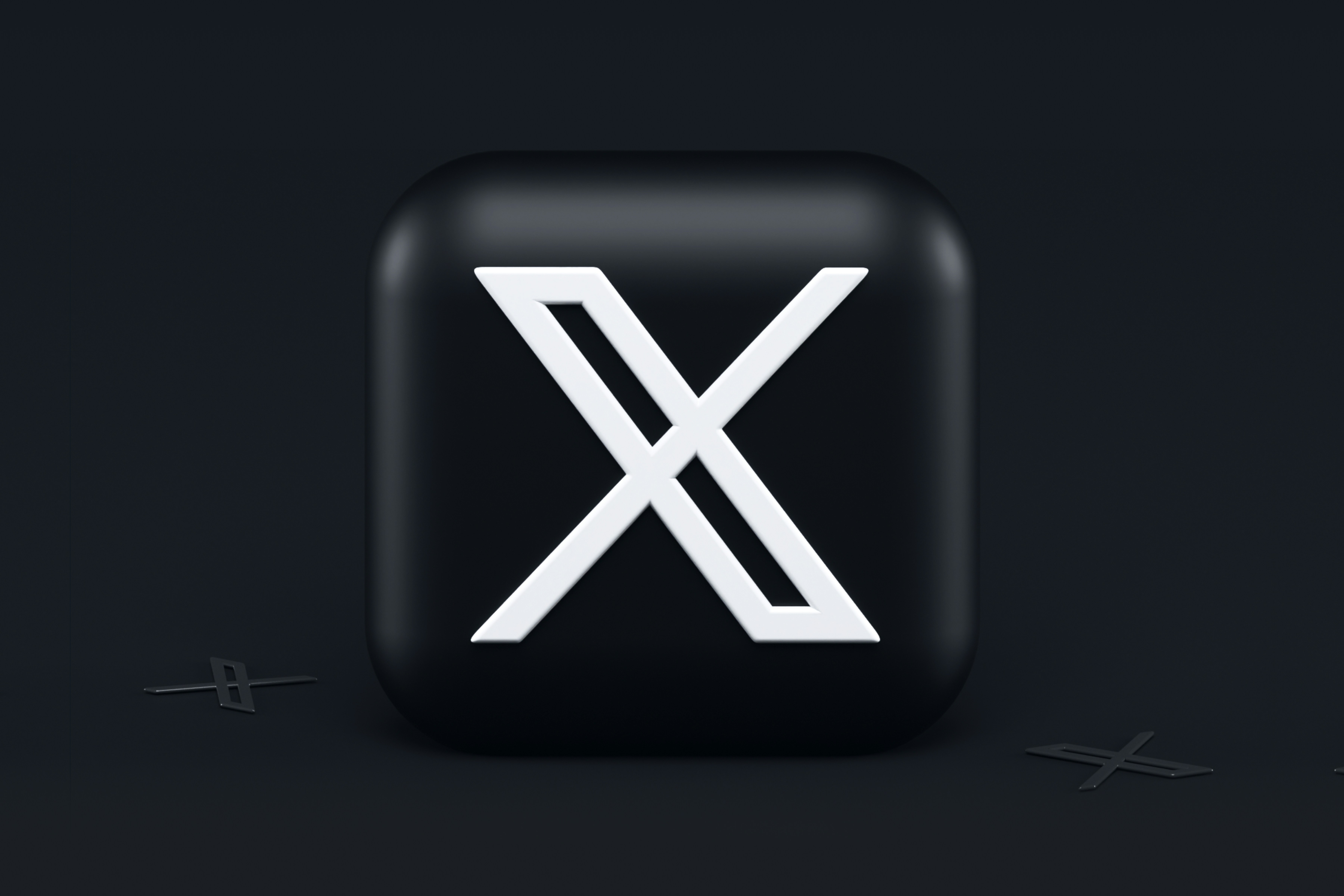AI vocal remover tools surge
Jul 10, 2025
AI Vocal Remover Tools Surge: Transforming Music Production in 2025
The demand for AI vocal remover tools has exploded in 2025, thanks to better machine learning, more user-generated content, and easier access to music production tools. These tools use deep learning to separate vocals and instruments from audio tracks, and they're now must-haves for musicians, content creators, and regular users. Searches for "AI vocal remover 2025" have jumped by 9,200%, showing how popular they've become.
This article covers why these tools are taking off, which ones are leading the pack, and what this means for music production, copyright, and creative workflows.
Why AI Vocal Removers Are Dominating in 2025
Technology Got Way Better
Modern AI models, like convolutional neural networks and transformers, create near-studio-quality separation—a huge jump from older phase-cancellation methods
Tools like LALAL.AI and Moises now split tracks into 5+ stems (vocals, drums, bass, etc.) with 90% accuracy
Content Creation Boom
Platforms like TikTok, YouTube Shorts, and Instagram Reels need unique audio. AI vocal removers let creators:
Make custom karaoke tracks for covers
Pull out vocals for mashups and remixes
Remove copyrighted vocals to avoid strikes
Cheap and Easy to Use
Free tools (like Spleeter by Deezer) and low-cost subscriptions ($10–$35/month) replace expensive studio sessions
Mobile apps like Moises.ai let you edit on the go
Education and Professional Use
Music students practice with isolated instrumentals
Producers use stem separation for sampling and remixing
Top 5 AI Vocal Remover Tools in 2025
Tool | Key Feature | Best For | Price |
|---|---|---|---|
Multi-stem separation (vocals, drums, etc.) | Professional producers | $20–$35/track | |
Real-time pitch/tempo adjustment | Mobile creators & DJs | $9.99/month | |
PhonicMind | Cloud-based, high-quality output | Karaoke and live acts | $9.99–$14.99/month |
Spleeter | Open-source, customizable (Python-based) | Developers | Free |
UniFab Vocal Remover | GPU-accelerated, batch processing | Windows users | Free |
Trending Keywords and Market Growth
"AI stem separation": Searches up 300% as producers want multi-track control
"Karaoke AI tools": Driven by home entertainment trends
"Copyright-free vocal removal": Content creators avoid licensing issues
"Real-time vocal extraction": Growing demand for live performance tools
Market Data:
The AI music tools market will hit $2.1B by 2030, with vocal removers as the fastest-growing segment
Moises.ai alone passed 1M users in 2025
Challenges and Ethical Considerations
Audio Quality Limits
Complex mixes (like layered vocals or heavy reverb) may leave artifacts or "ghost vocals"
Copyright Risks
Commercial use of extracted stems without licensing violates DMCA and EU Copyright Law
Over-Reliance on AI
Some producers worry about losing human mixing skills
The Future: What's Next for AI Vocal Removers?
Integration with DAWs
Tools like Ableton Live and FL Studio are adding AI separation plugins
Live Performance Tools
Startups are creating real-time stem splitters for DJs
AI-Generated Music
Vocal removers may feed into AI composition tools (like creating acapellas for AI-generated beats)
Prediction: By 2026, 50% of streaming platforms could offer built-in stem separation.
Key Takeaways
For creators: Use tools like LALAL.AI for high-quality stems, but check copyrights
For developers: Open-source models like Spleeter offer customization opportunities
For the industry: Expect tighter copyright enforcement as adoption grows
For more insights, check out:
Final Note: AI vocal removers aren't just tools—they're changing how we create. The question isn't if you'll use them, but how.







